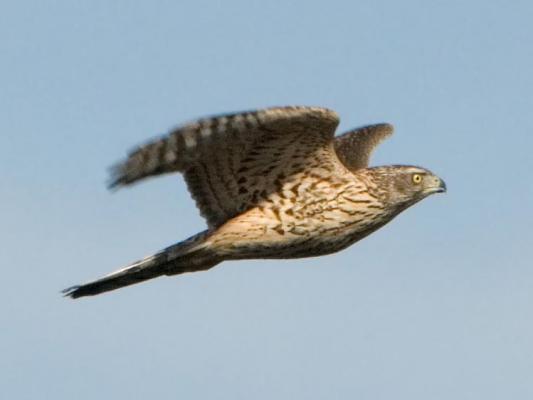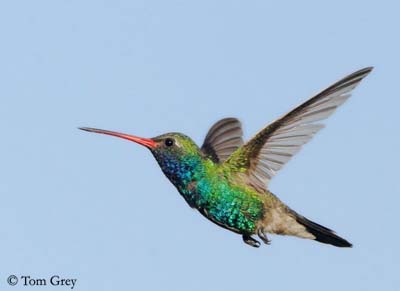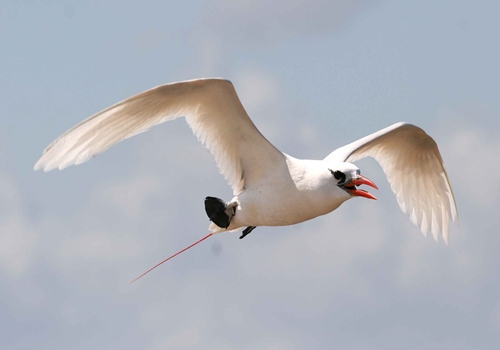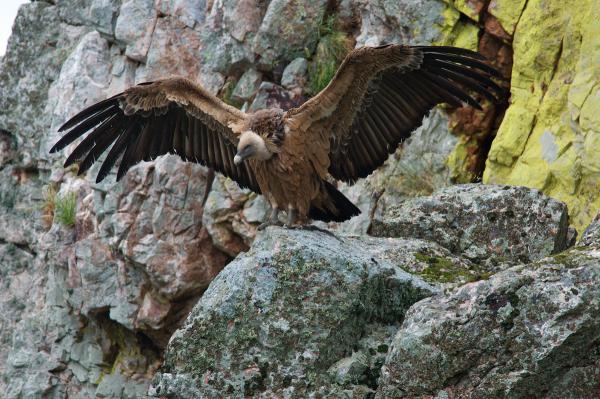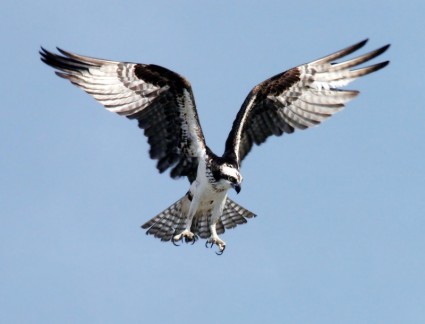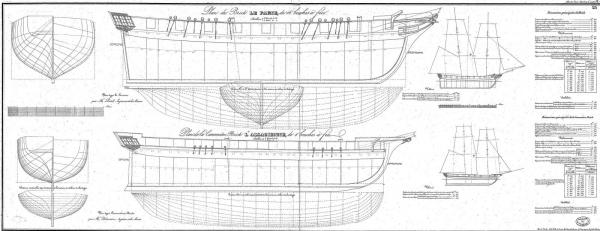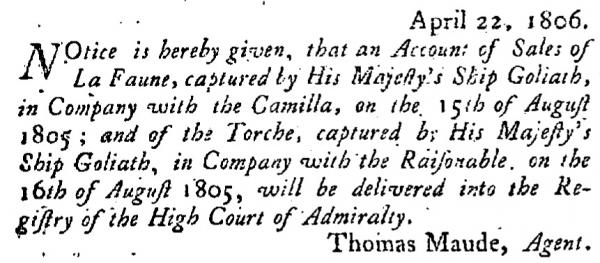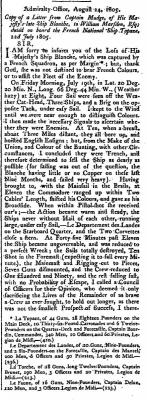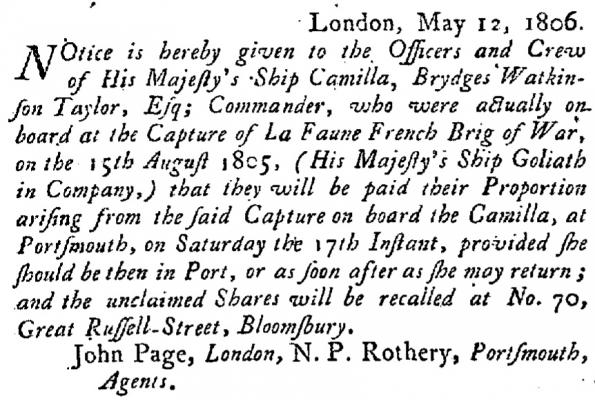As promised I try to explain more in detail the process of building the bulwarks.
Before continuing with the application of the planking downwards, I decided to finish all the area that now is already planked. This part of the hull, being a brick a single decked ship, is the area where the gun-ports will be opened, and inside, the deck will contain all the superstructures of the model.
The thickness of the bulwarks, according to ANCRE plans, is reported to be 6.5-7 mm, and then I found myself faced with two possible assembling solutions.
Given that a second planking is planned, made with veneer of a wood not yet decided, with thickness of 0.5mm I proceed to describe the two options:
1) sand and level the available toptimbers, already part of the bulkheads, to a thickness let's say of 3 mm, and then apply the internal planking based on strips of 1.5 mm thick; the result will be 2 (external planking) + 3 (toptimbers) + 1.5 (internal planking) + 0.5 (second planking of veneer), with a total thickness of 7 mm. During the opening of the gun-ports I should expect that there will be a vacuum inside, to hide properly;
or
2) a: fill with strips with thickness of 2 mm the internal spaces between the toptimbers; these strips, to strengthen the structure, should be placed vertically; b: then repeat with other strips of the same thickness but placed in a horizontal manner; in this way we have reached a total thickness of 6 mm of a virtually all solid wood, a real "sandwich"; c: at this point level the toptimbers properly and d: by applying the veneer (second planking), both externally and internally, reach the desired thickness of 7 mm. The opening of the gun-ports will always find solid wood.
Personally, I chose the second solution for two reasons:
1) even if it may appear more complex it is much easier to achieve in practice, you just need a bit of patience due to the fact you are managing many small pieces of wood;
2) the structure thus obtained is extremely sturdy, virtually indestructible . . and for a fanatic like me this robustness is crucial.
And the images that follow, which have more details of those I proposed yesterday, show what I'm doing.
The first two figures show the first inner layer of strips placed vertically, fore and aft. The wood used was got from my stock of strips and I think they are larch, wood good and hard enough but that is not usable for finishing because the grain is too exaggerated. The arrows show the small areas still to be finished that need to be filled with custom pieces of wood, task I'll perform at the first opportunity. It's also important to fill these small gaps to ensure robustness and to avoid finding these gaps when you open the gun-ports.
As to complete the outer planking of the bulwarks still lacks a last plank of 4 x 2 on top, these vertical slats are high enough to apply this last missing strip, with a small surplus which will be leveled at the end. The installation of this last plank will be much simplified as will rest in every point on the rear structure.
01 Brick%20by%20JackAubrey/a9b9edb4-da6d-430c-ae5f-5622c2d56ab7_zps9bc6ae7d.jpg
02 Brick%20by%20JackAubrey/73ce6050-5f8e-4152-aa22-fffd8f9ec264_zps909041a1.jpg
In the image below I propose an anticipation of the next step, shown here by a green circle: the same strips are now installed as an additional layer in a horizontal manner. And it is at this point that I can reach the planned 6 mm thick solid wood . .
03 Brick%20by%20JackAubrey/01bb19c9-4368-40fb-b22a-06a9794fac09_zps87a88d0b.jpg
I hope I gave you an idea of the kind of work is waiting me in the next few days and what you will read accordingly in the next few posts related to this model. The opening of the gun-ports will be done later, after I'll finish to plank the hull and the deck.
To meet next time, Jack.Aubrey.
04 Brick%20by%20JackAubrey/P1100044_zps91f9e4e1.jpg










